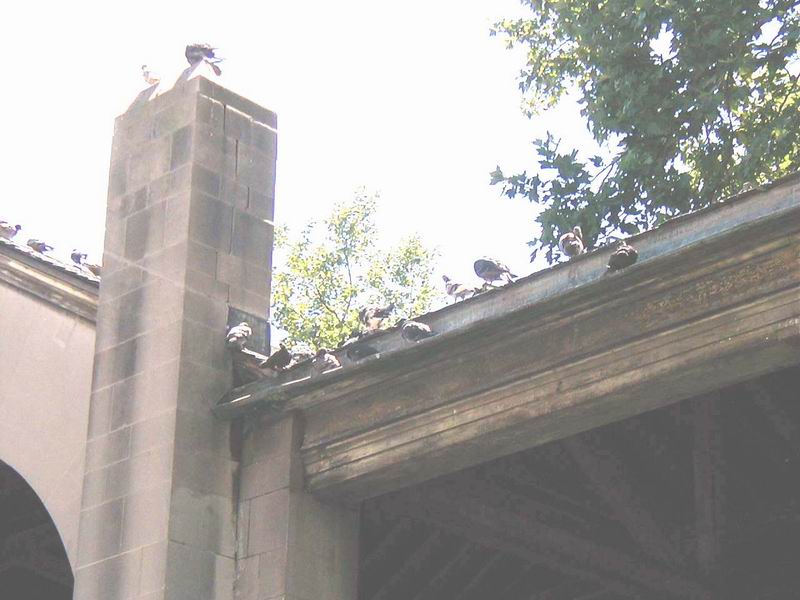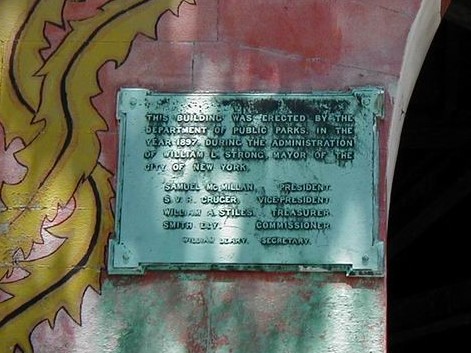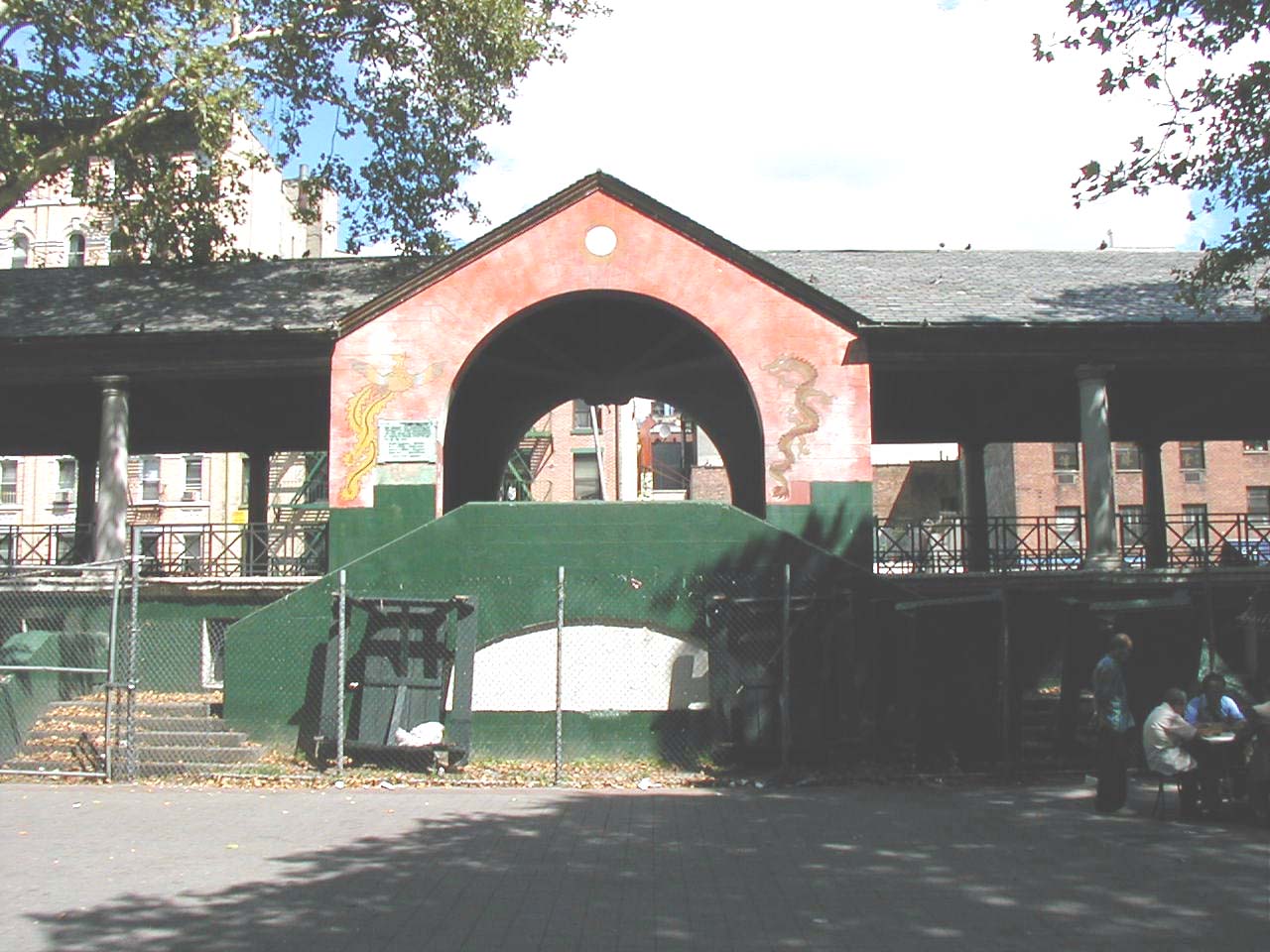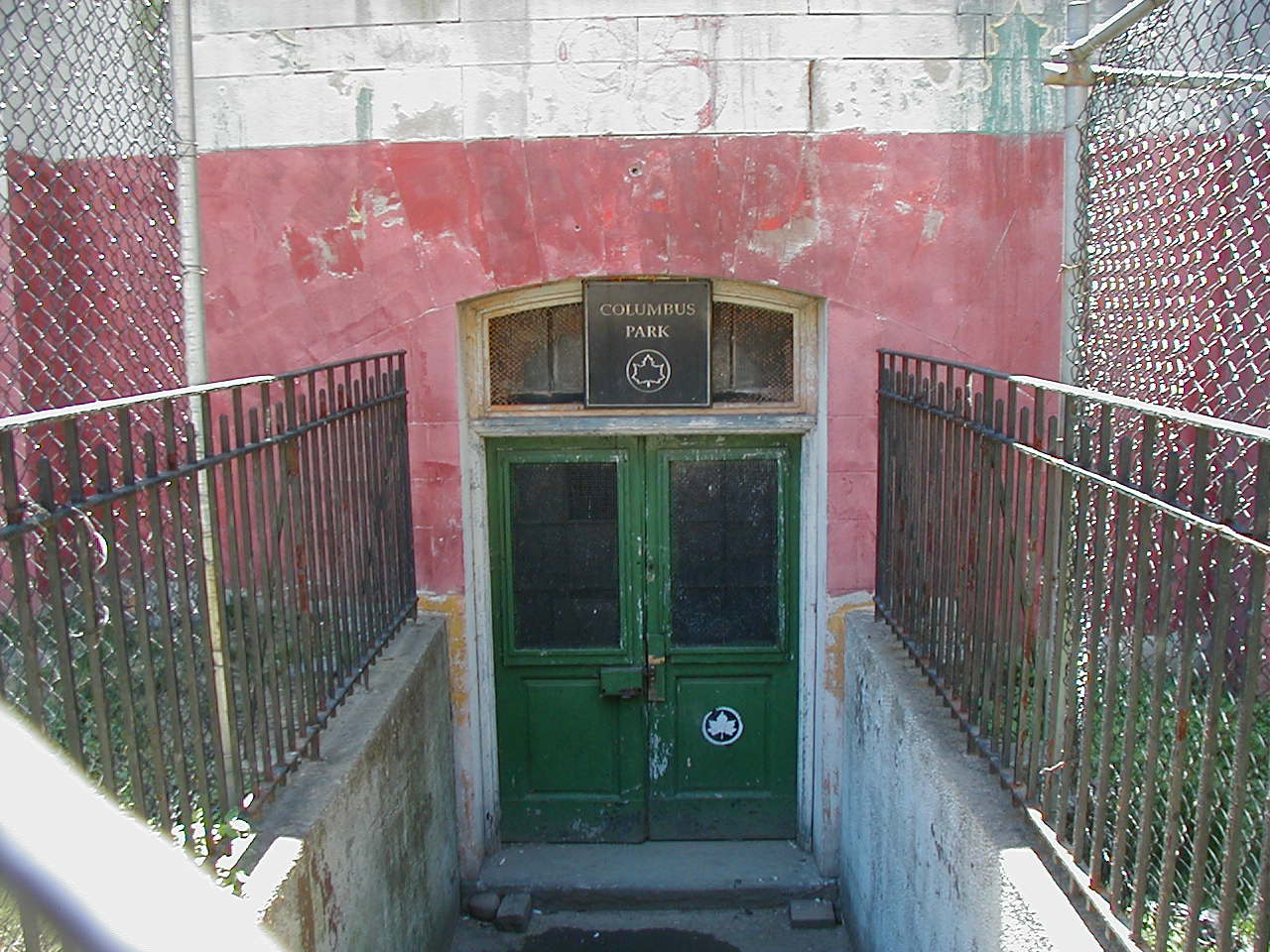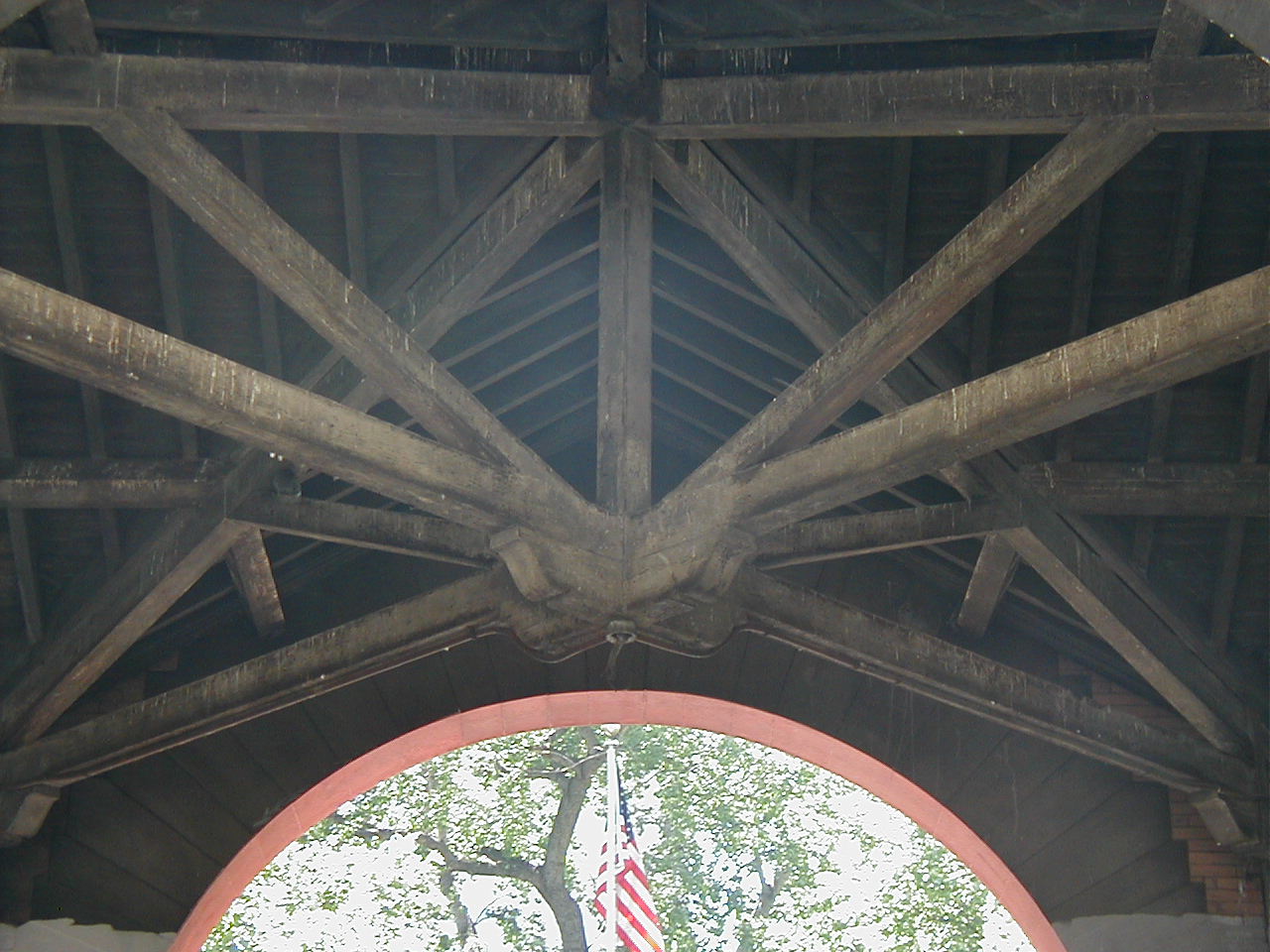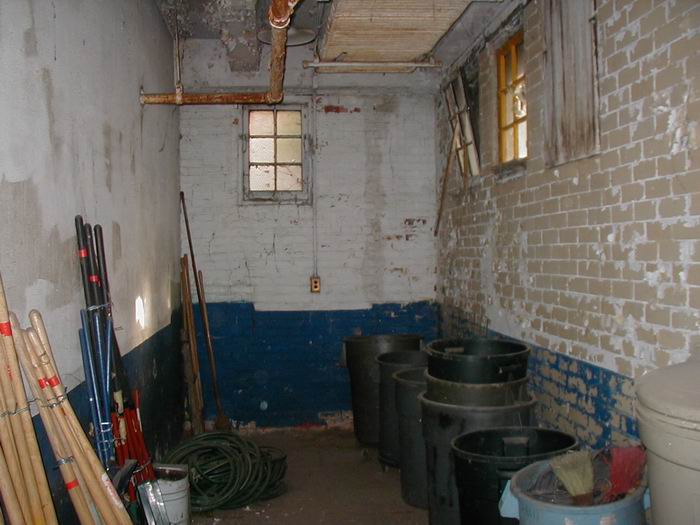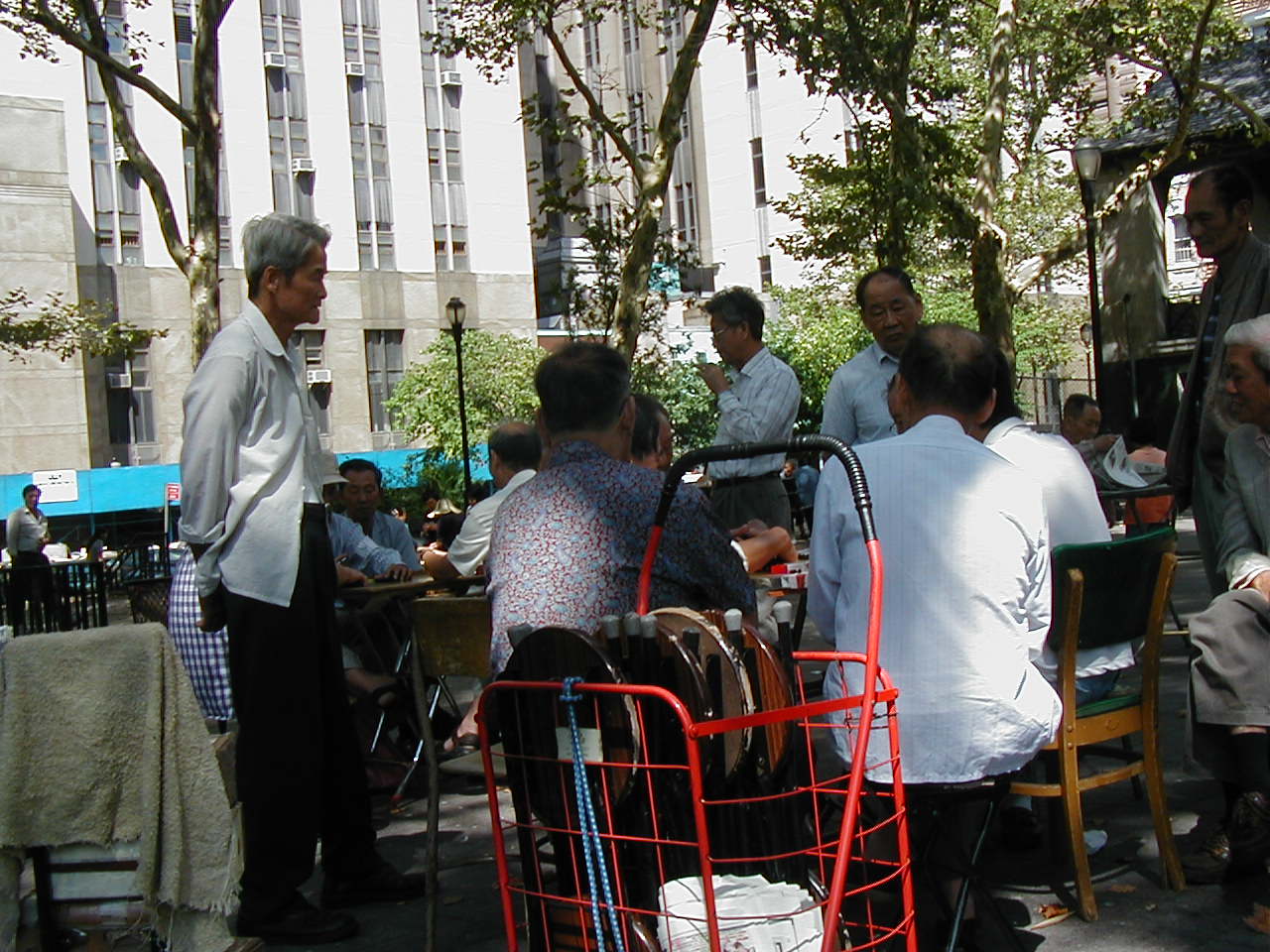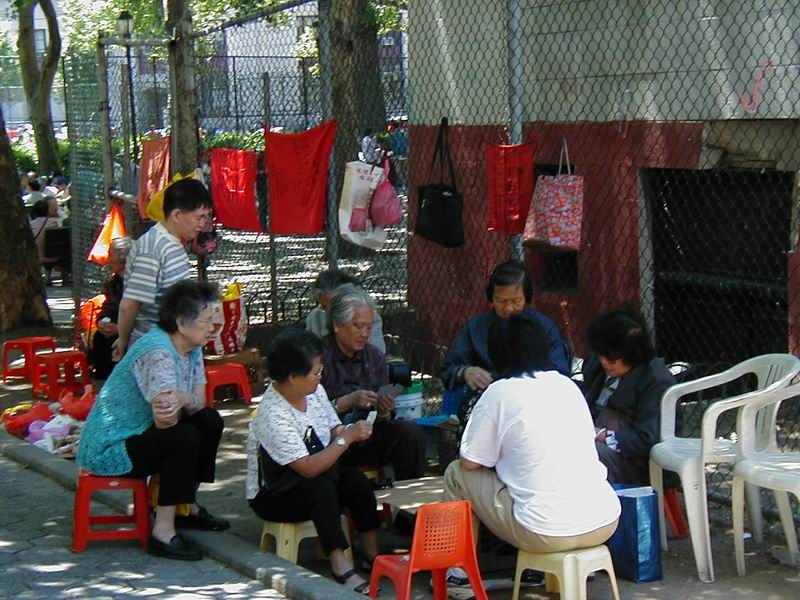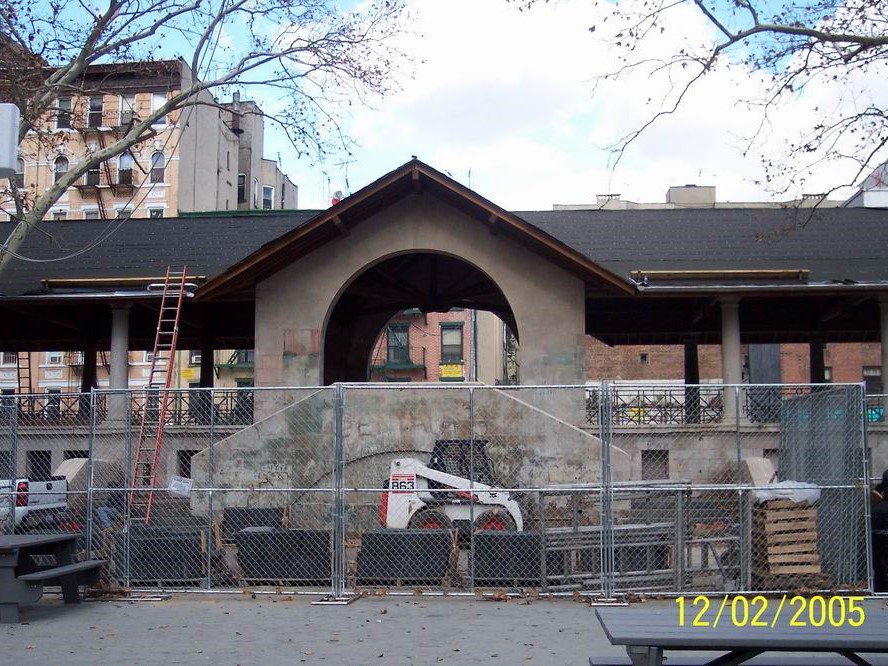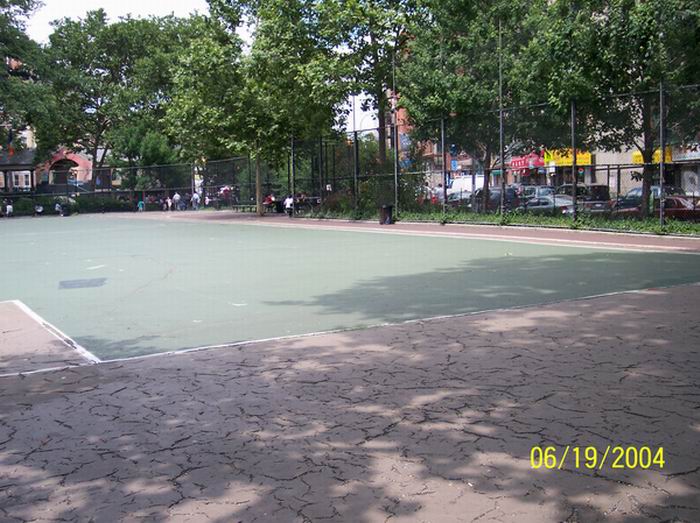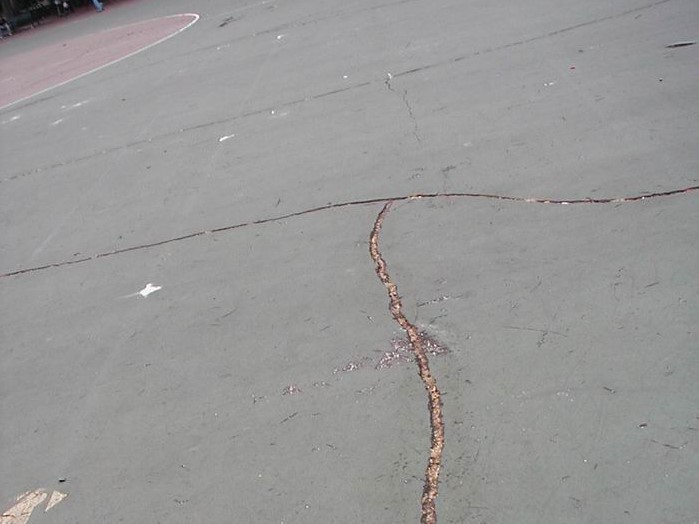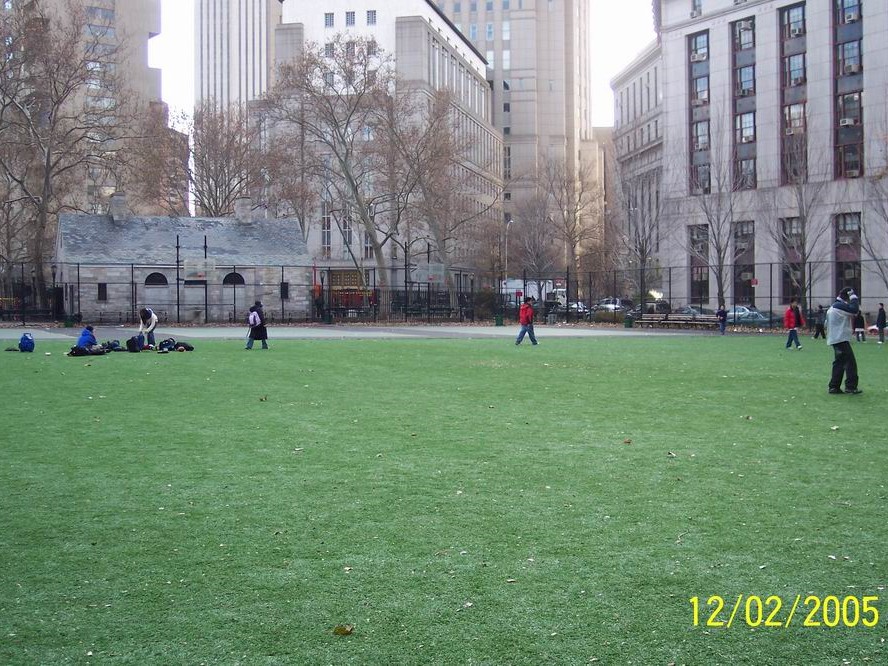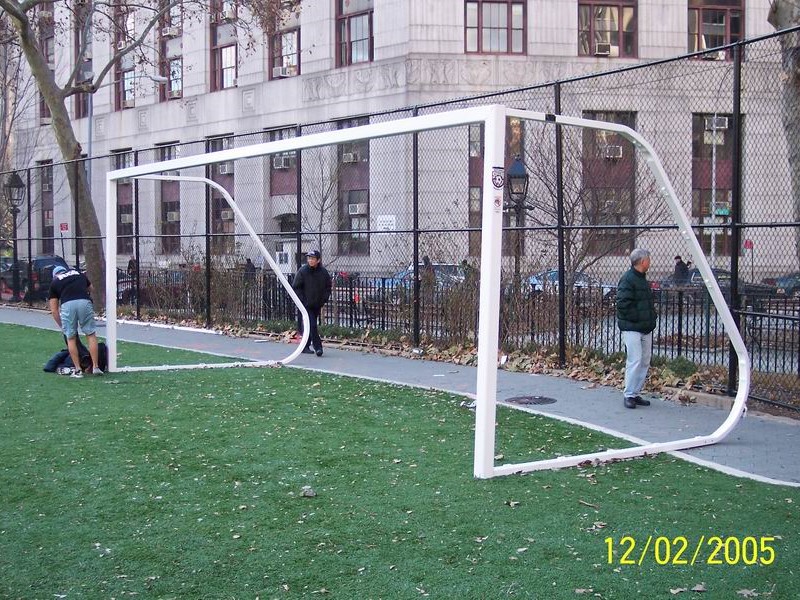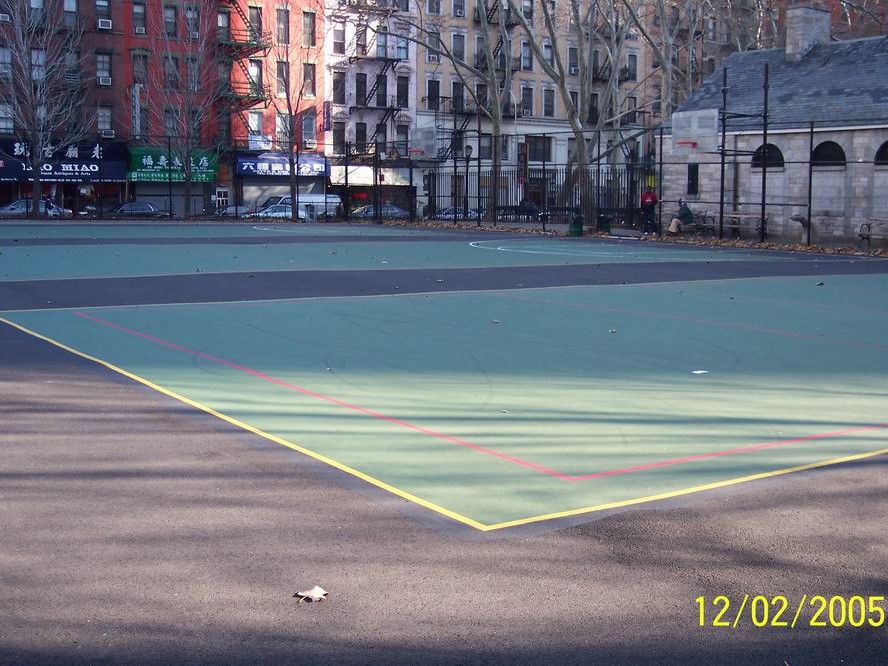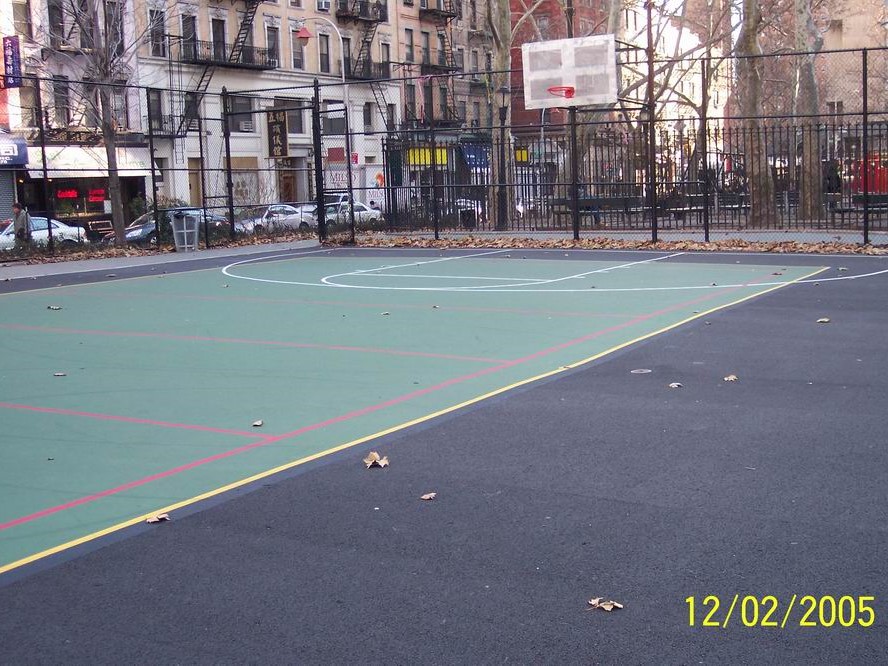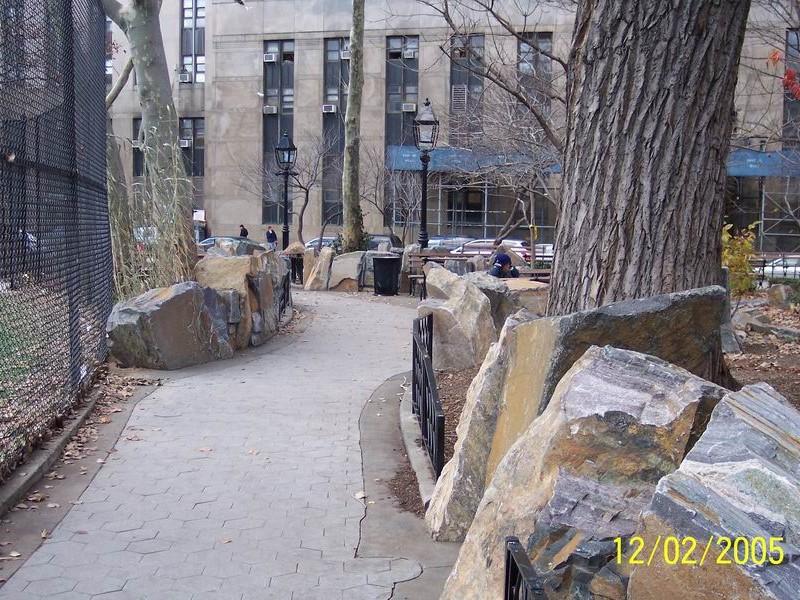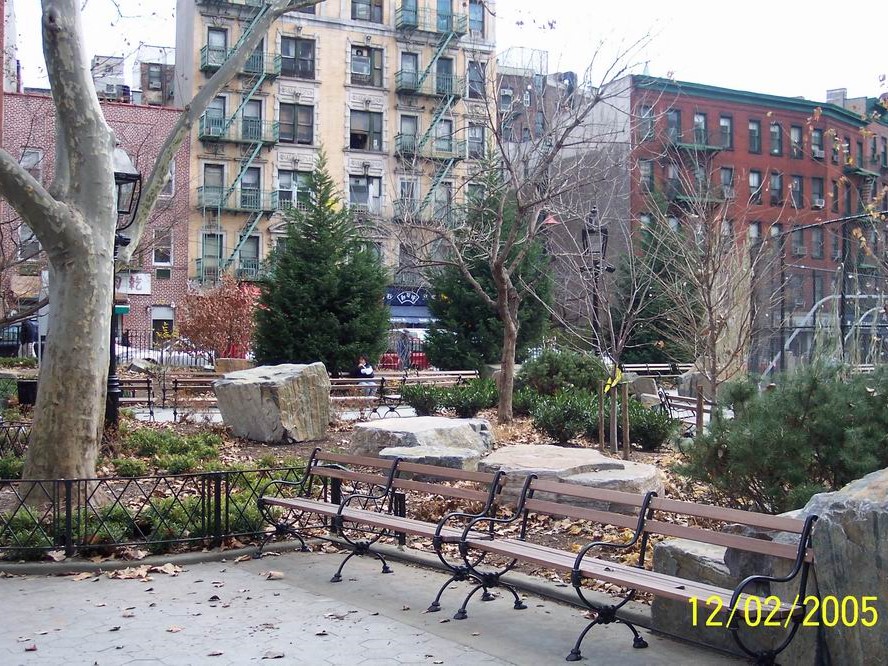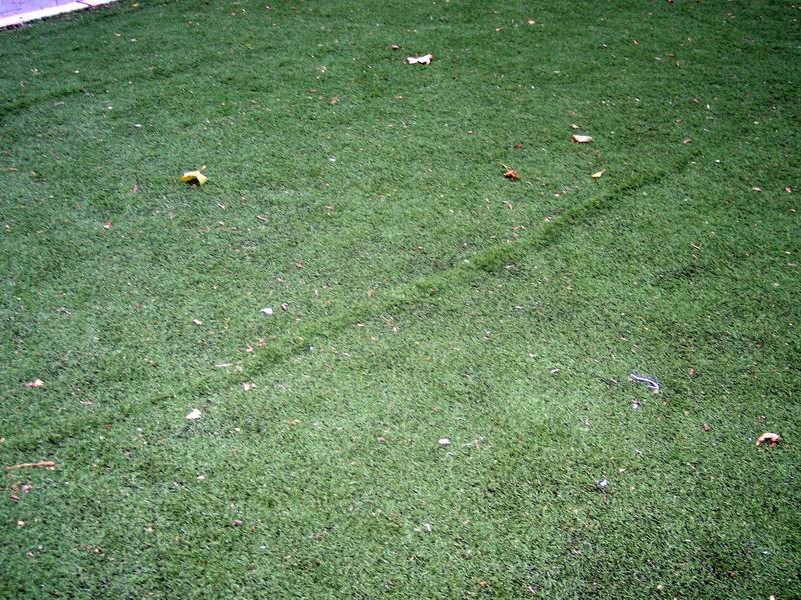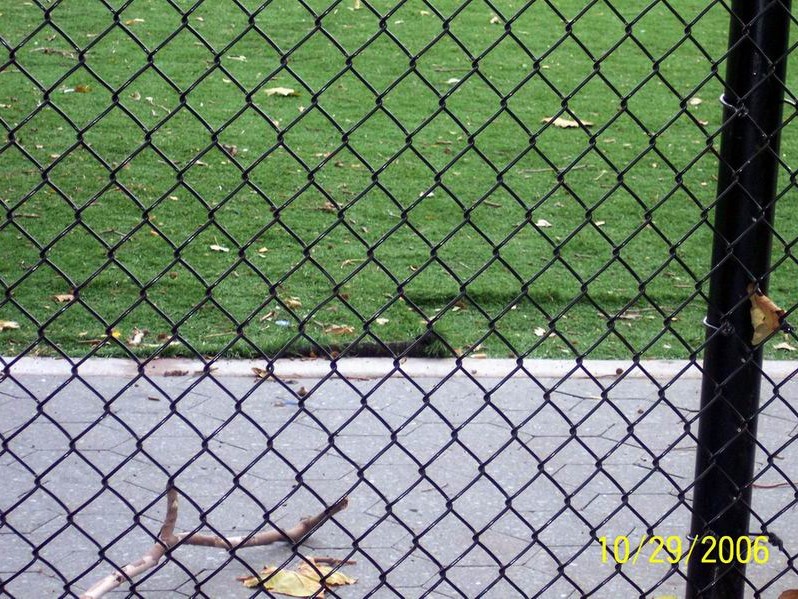A Brief History of the Park
Columbus Park is located in the heart of Chinatown, bounded by Baxter, Worth, Bayard and Mulberry Streets, and is part of Community Board 3 and Council District 1.
It was named it 1911 after Chistopher Columbus. Prior to that, it was known as Mulberry Bend Park which was planned in the 1880's by Calvert Vaux, a co-designer of Central Park. Since then, the park has undergone many changes and much reconstruction.
Columbus Park is one of the city's first major urban parks. It hosts many community events and programs, and is a common gathering place for people of different cultures and ages throughout the year.
Pavilion Restoration Project and Future Vision
The Columbus Park Pavilion was originally built in 1897 during the administration of Mayor William L. Strong. In the past, the building primarily was used for Chinese cultural performances and activities. Since then, it has long been neglected and an ugly sore in the Chinatown community. We have hope for the future of the pavilion to be restored to its former glory.
In 2007, after having been closed for the prior 30 years and allowed to deteriorate and become the home for hundreds of pigeons by the City of New York, the pavilion was finally restored. This is largely due to the efforts of NYC Parks & Recreation, elected city officials, Lower Manhattan Development Council (LMDC) and Friends of Columbus Park.
The Pavilion is important because it has great potential as a community center if it can be used to serve the local communtity. If we are all allowed to share in the benefit of this park building, we would have a dedicated place for public town meetings, year-round structured activity, a centralized place to distribute community and public information, and a cornerstone tourist and visitors center. Having a community center in the pavilion would force the NY Chinatown community to work together and parter with the NY Parks Department and City of New York, providing a great benefit to NY Chinatown.
A Community Victory: Ball Field Renovation
In February 2004, Mayor Bloomberg announced that the ball field in Columbus Park would be rennovated using $1.1M donated by the estate of Joseph Temeczko. Later that year, the NYC Parks Department announced their plans to convert the area from asphalt to synthetic turf.
FoCP and other community leaders felt that converting the full area to turf would not serve all the open space needs of the Chinatown community, primarily for four reasons:
- Synthetic turf limits the type of activity the park could be usef for, as some sports require a hard surface to play.
- Concern that the City of NY would not have the resources to properly maintain the fake grass and it could quickly fall into disarray.
- Concern that corporate sports leagues would gobble up prime time usage at the park, making it difficult for local reidents and community members to use the park.
- Columbus Park is the last oen space left in Chinatown and if it is covered with turf, Chinatown wouldn't have any big multi-purpose fields left.
Community groups organized to protest and campaign against the synthetic turf installation, and in November 2004, reached an agreement with the NYC Parks Department on a plan that would convert 60% of the field to synthetic turf and 40% to asphalt for 3 baskteball courts and 3 volleyball courts.
This victory for Columbus Park was the result of community residents and local organizations working together toward a common goal in service of the NY Chinatown community.

